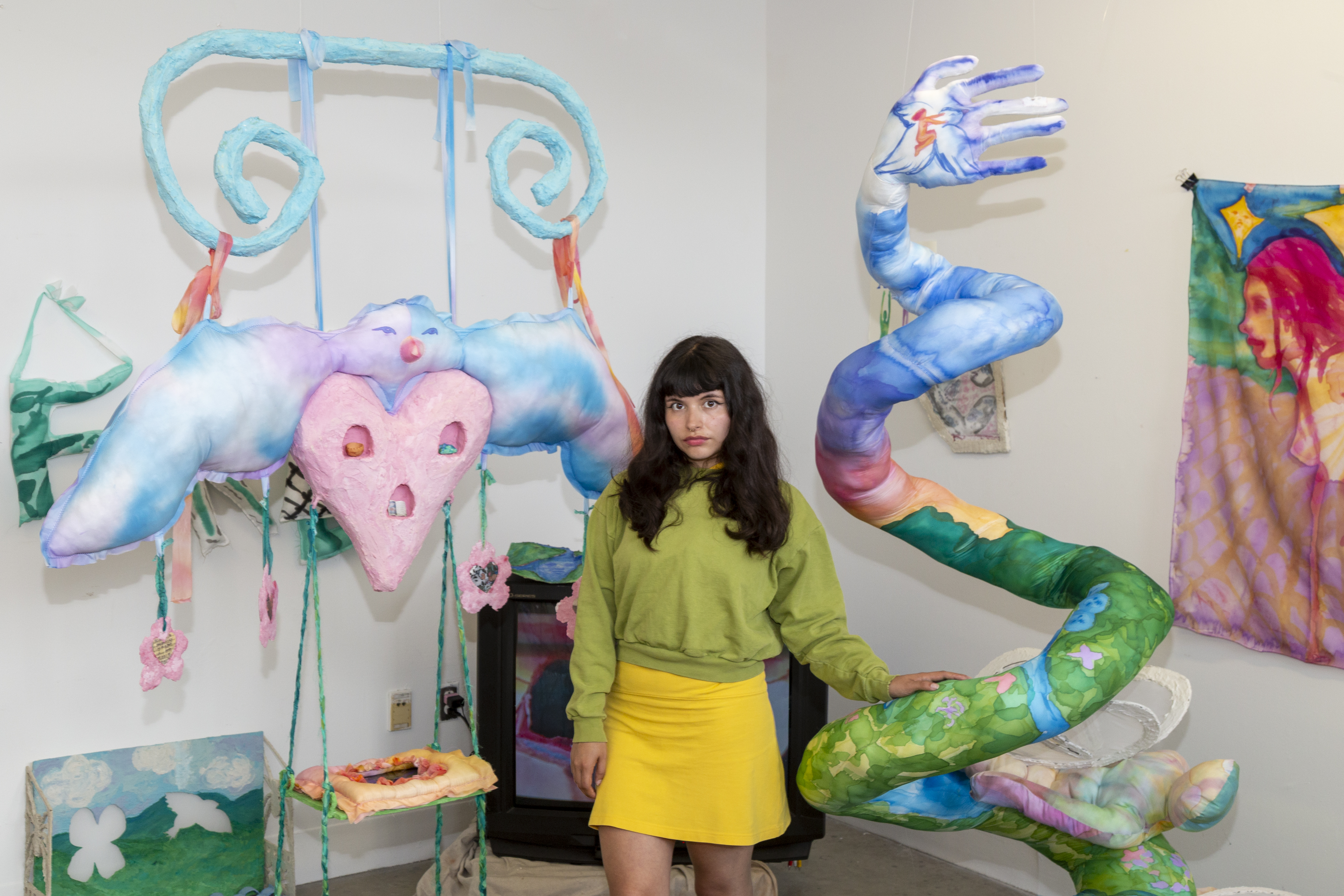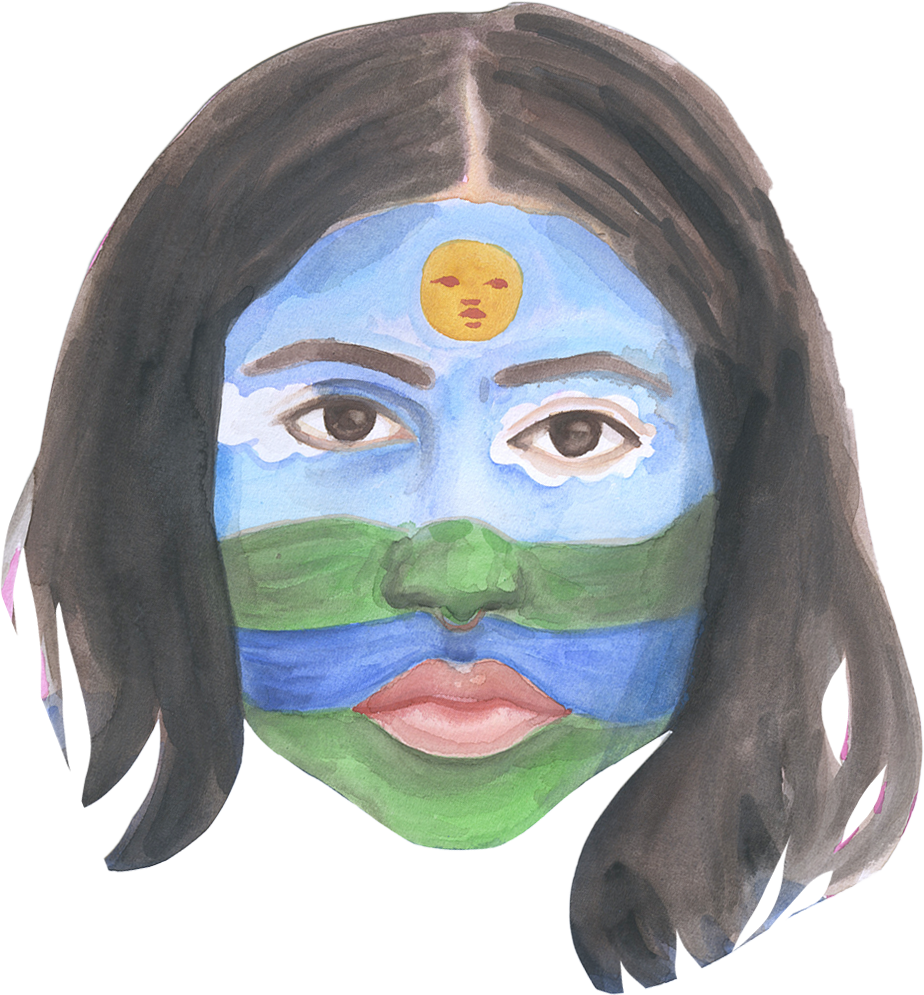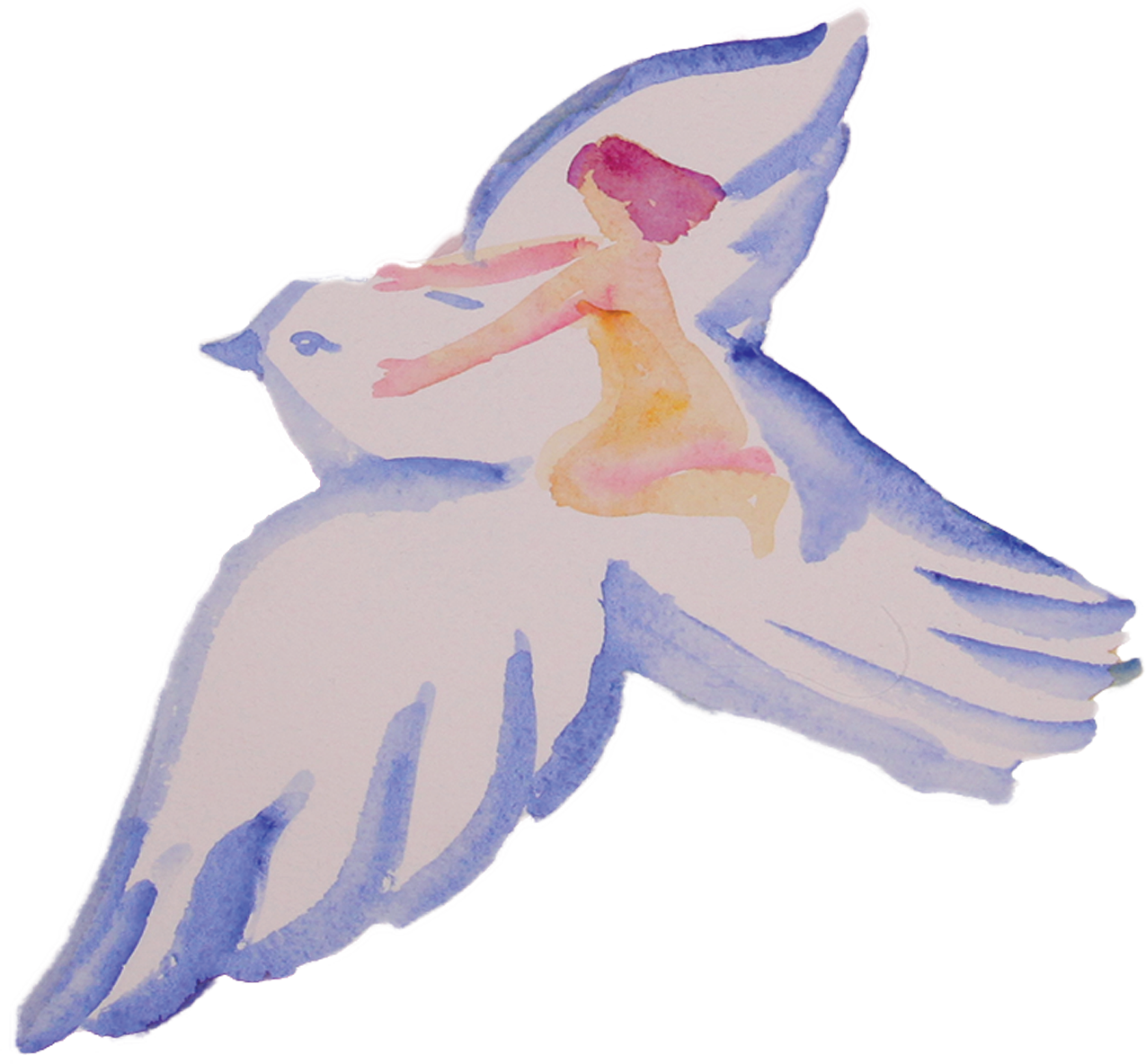
Laura Camila Medina (1995) is an interdisciplinary artist born in Bogotá, Colombia. Her practice is deeply inspired by the kisses between mountains and sky of her birthplace intertwined with the thematic fantasy-scape and migrant microcosms of Central Florida. Her work has been exhibited at The Luminary, The Sculpture Center, Yossi Milo, David Castillo Gallery, SPURS, Arts Fort Worth, Fuller Rosen Gallery, the Portland Art Museum, and Nationale. She was recently awarded the SPACES Satellite Fund, the H. Lee Hirsche Memorial Prize, Dean’s Travel Grant, and CCAM Fellowship at Yale University, Individual Artis Fellowship from the Oregon Arts Commission, New Media Fellowship at Open Signal, and various artist residencies including the Living School of Art, ACRE, Signal Fire, and Centrum. She is represented by Nationale in Portland, OR. Medina earned he BFA at the Pacific Northwest College of Art and an MFA in Painting & Printmaking from Yale University. She is currently based in Cleveland, OH, where she is the AICAD Post-Graduate Fellow at the Cleveland Institute of Art.
![]()
![]()
My practice honors dreaming and imagination as crucial components of remembering and survival. Transnationality has informed the process of intuitive collage through which I create analogies of memory composition and identity construction. Compelled by new media explorations, I have developed a unique method that transforms painting, sculpture, and video collage into 3D rendered landscapes that permeate the boundaries between the handmade and the digitally created. My work imagines a possible world through bio-mythographical symbols, images from Colombian and US pop culture, and non-linear animation to actualize the “internal landscape”; a site where memories are in a state of constant reconstruction. This process has become a powerful tool for me to bridge the gap between geographical distance and emotional closeness, fostering a sense of belonging and continuity amidst displacement. Currently, my research threads together evolutions in Andean miniature practices, scale theory in relation to distance and memory, and magical realism as an approach to auto-ethnography. Envisioning the future of my practice, I seek to continuously build an archive that addresses the complexities and fallacies of cultural and national identity, “the American Dream”, gender, familial history, and personal/collective memory.


